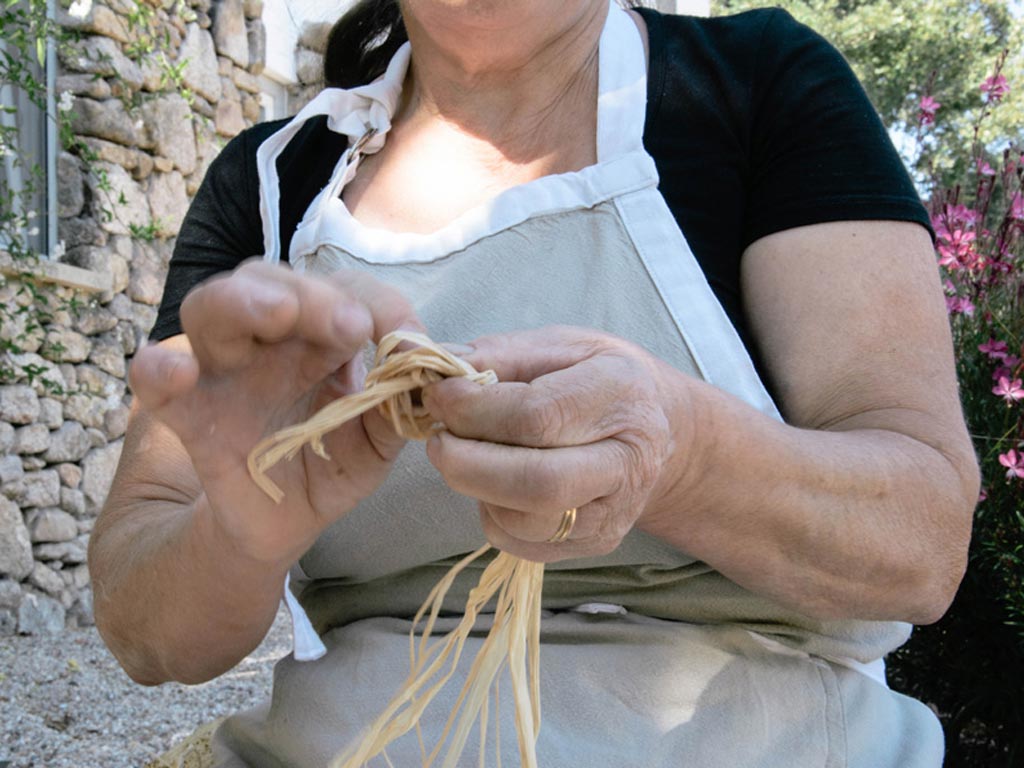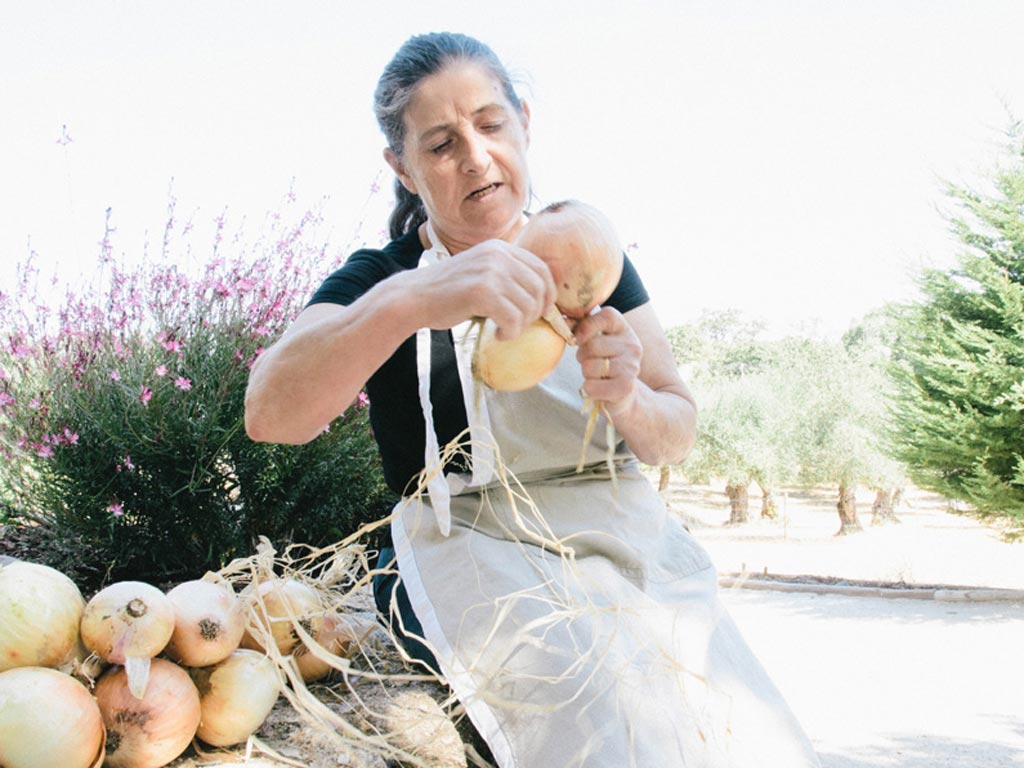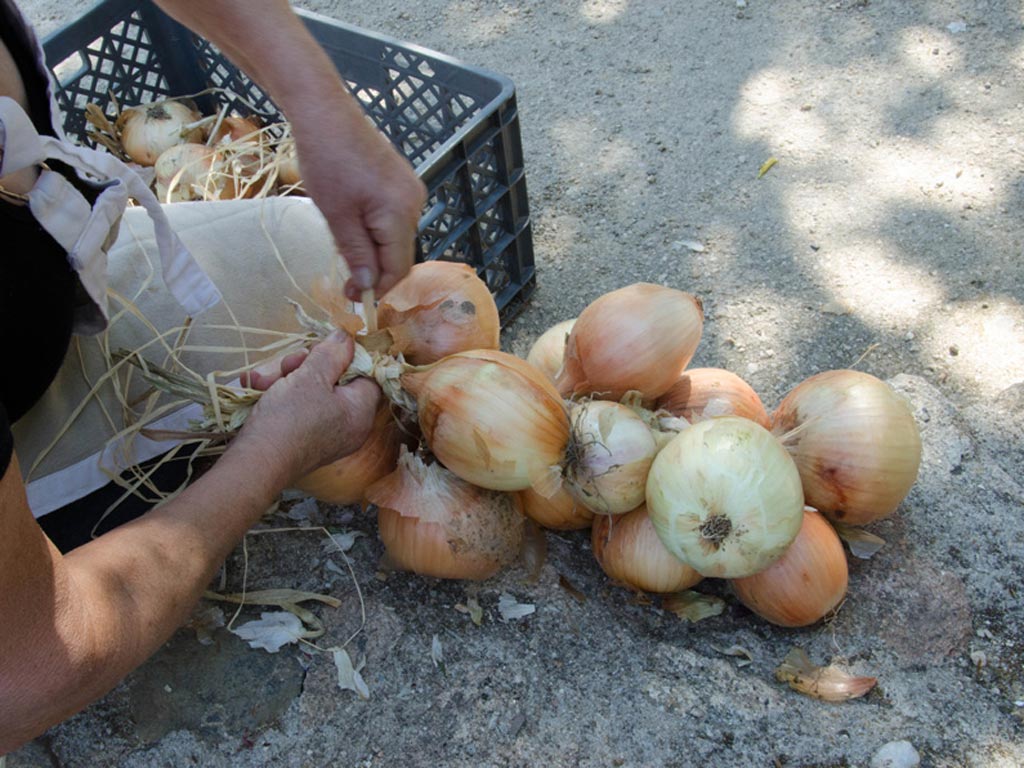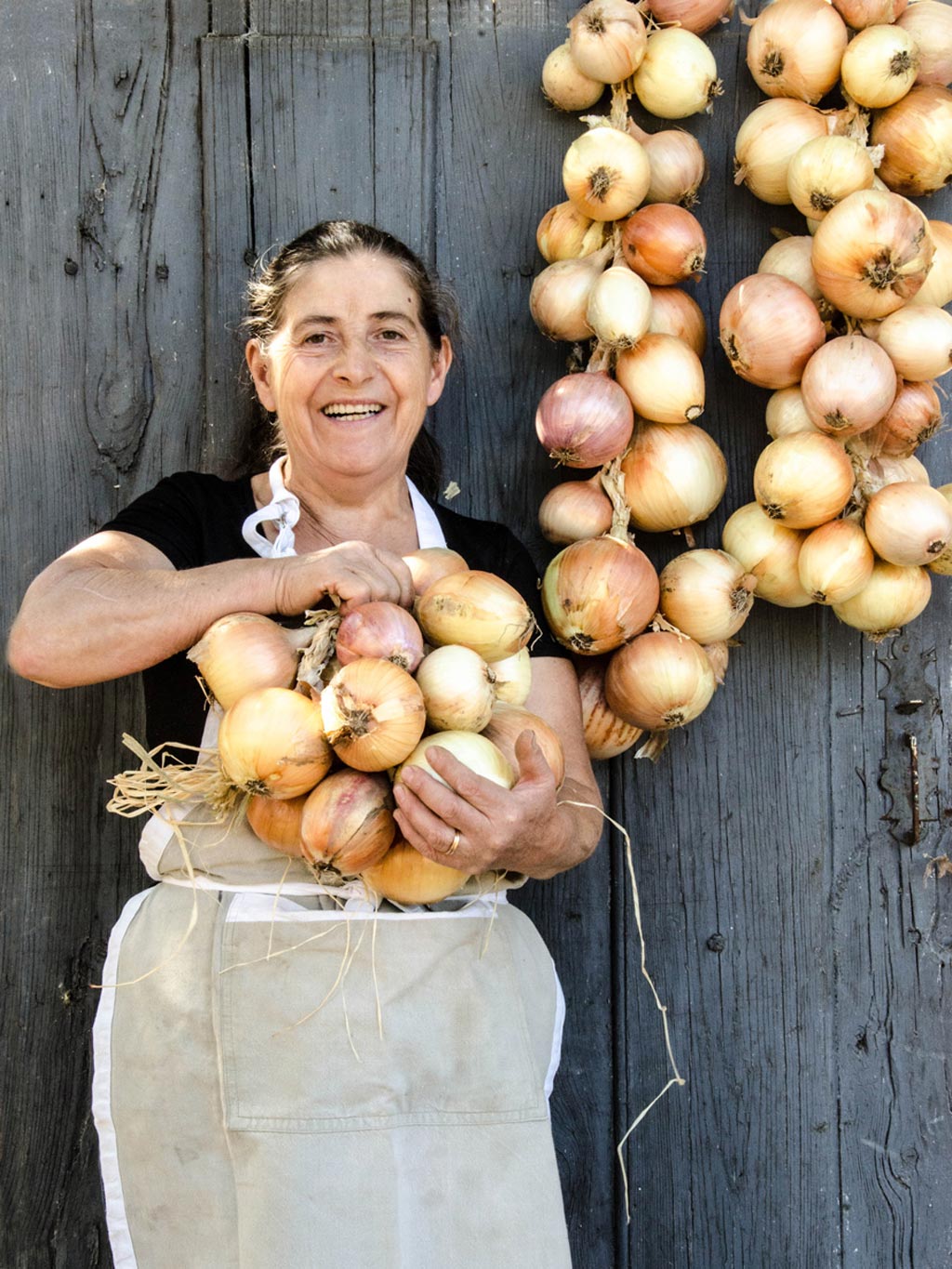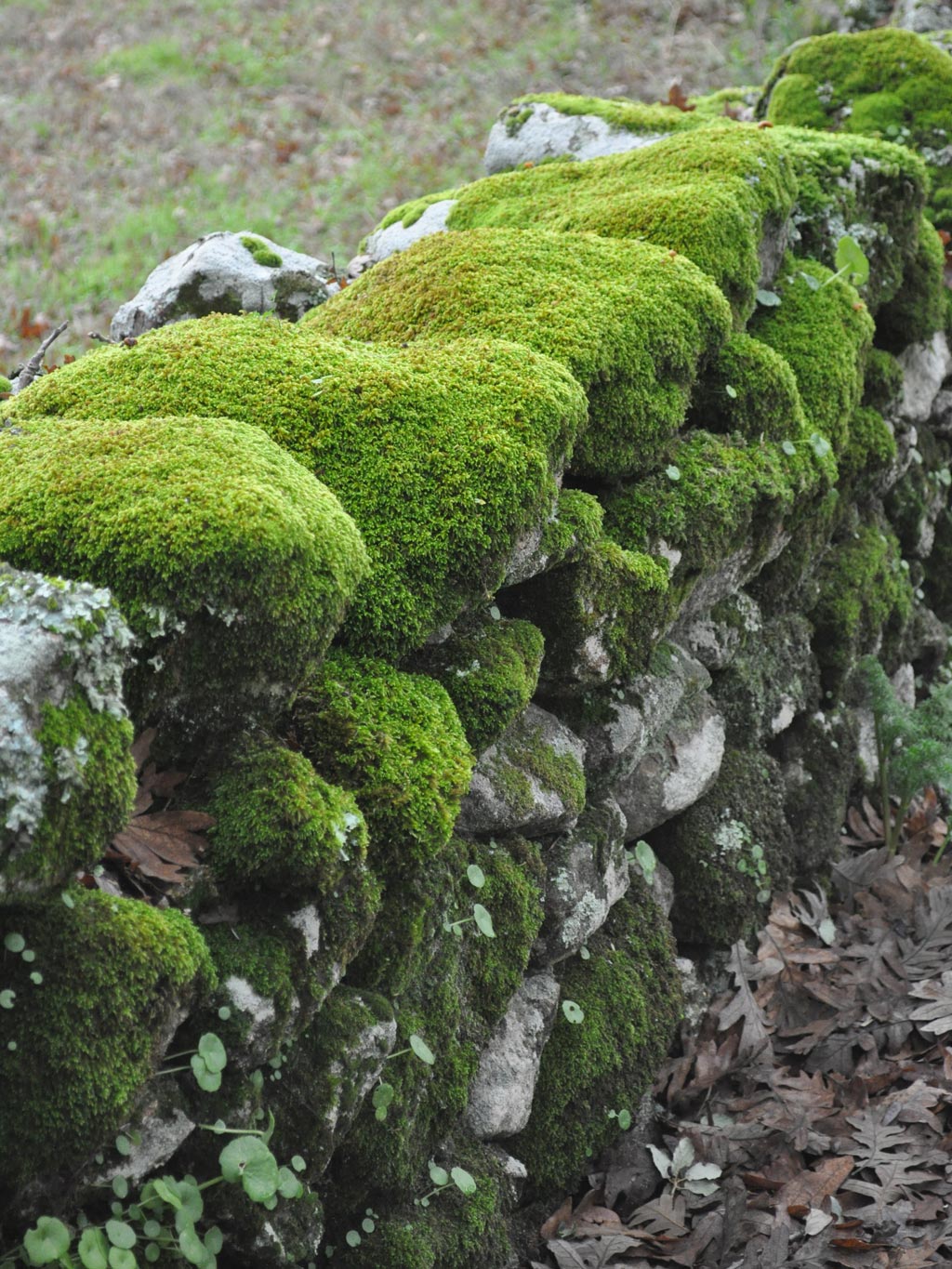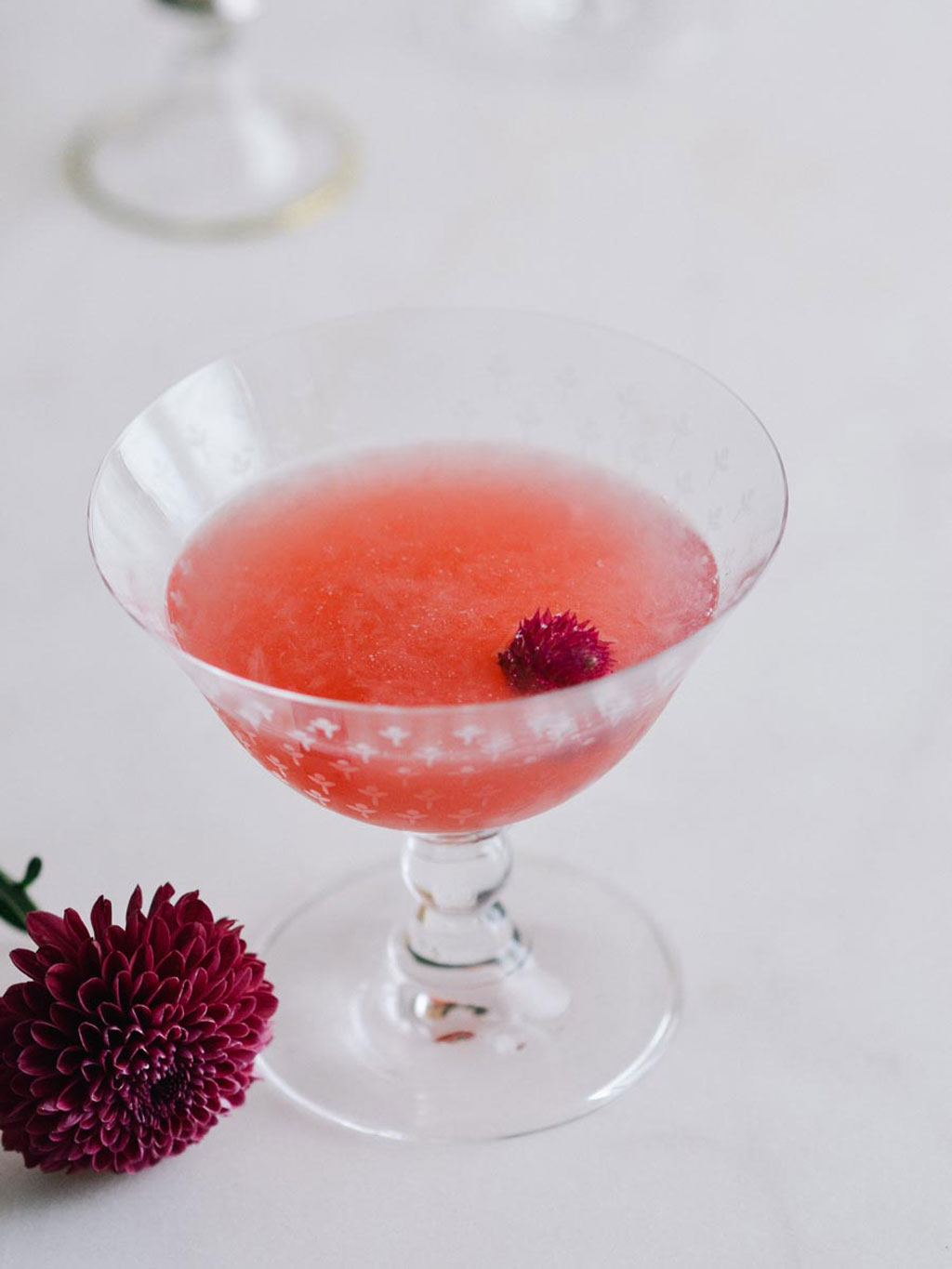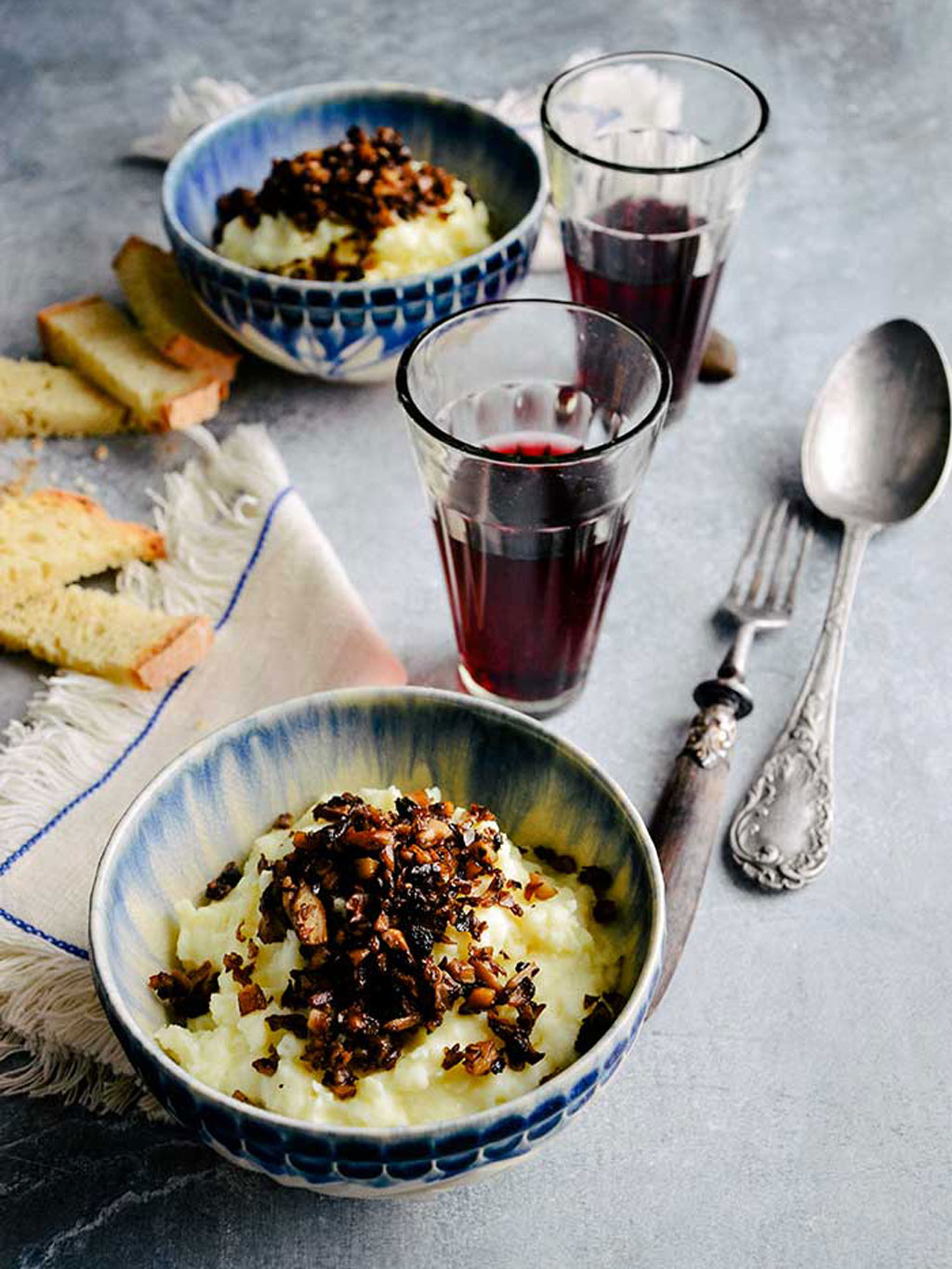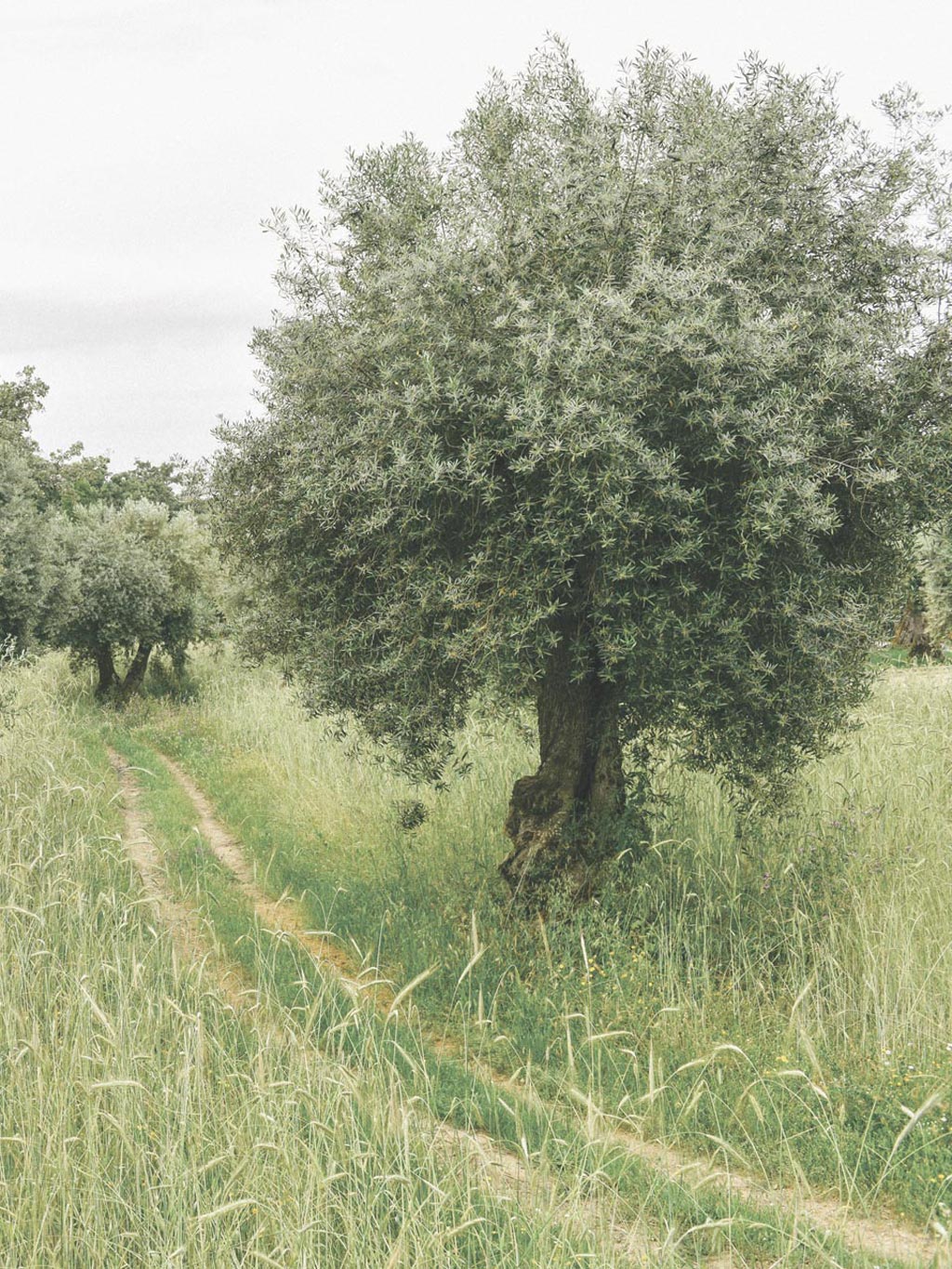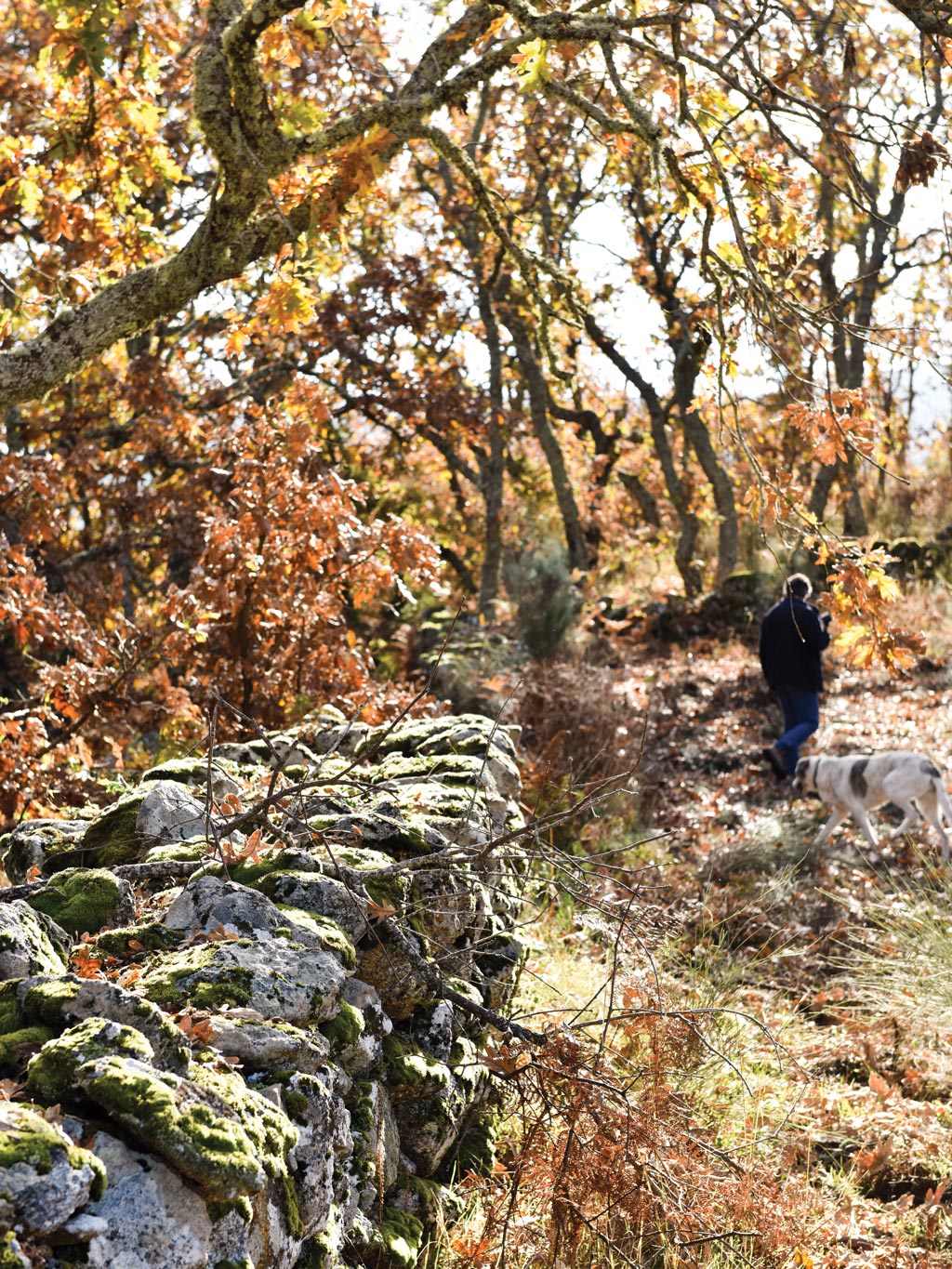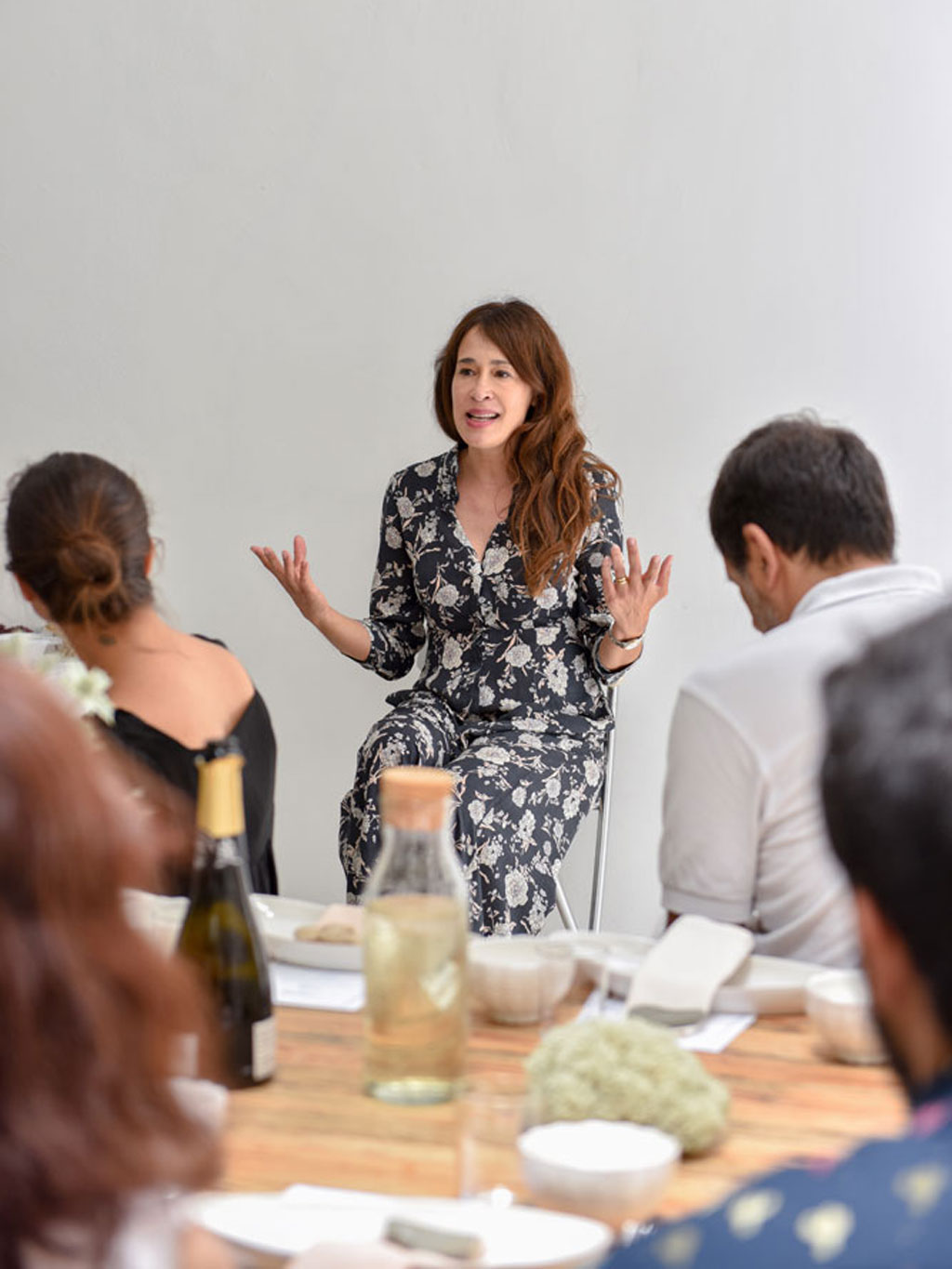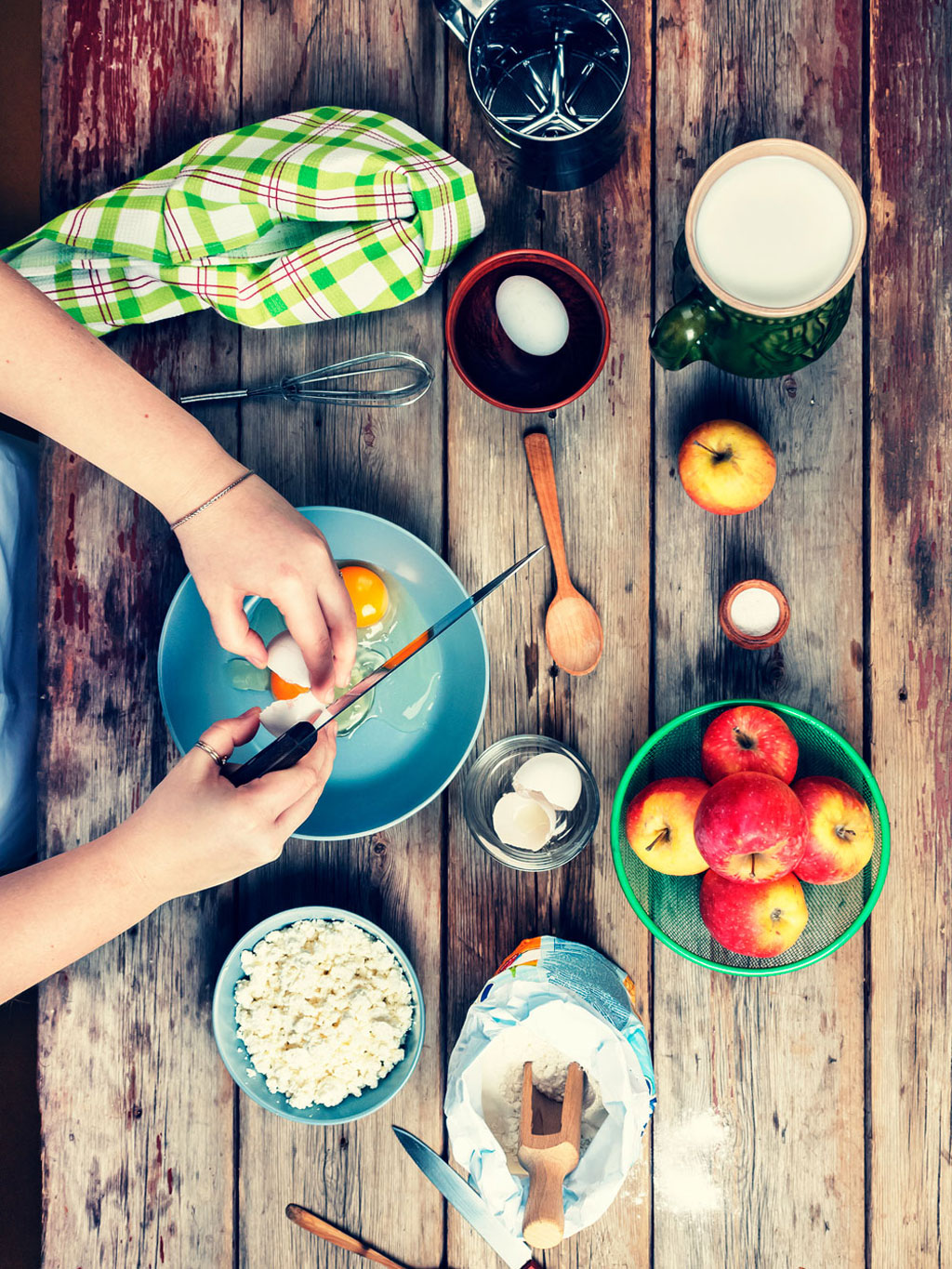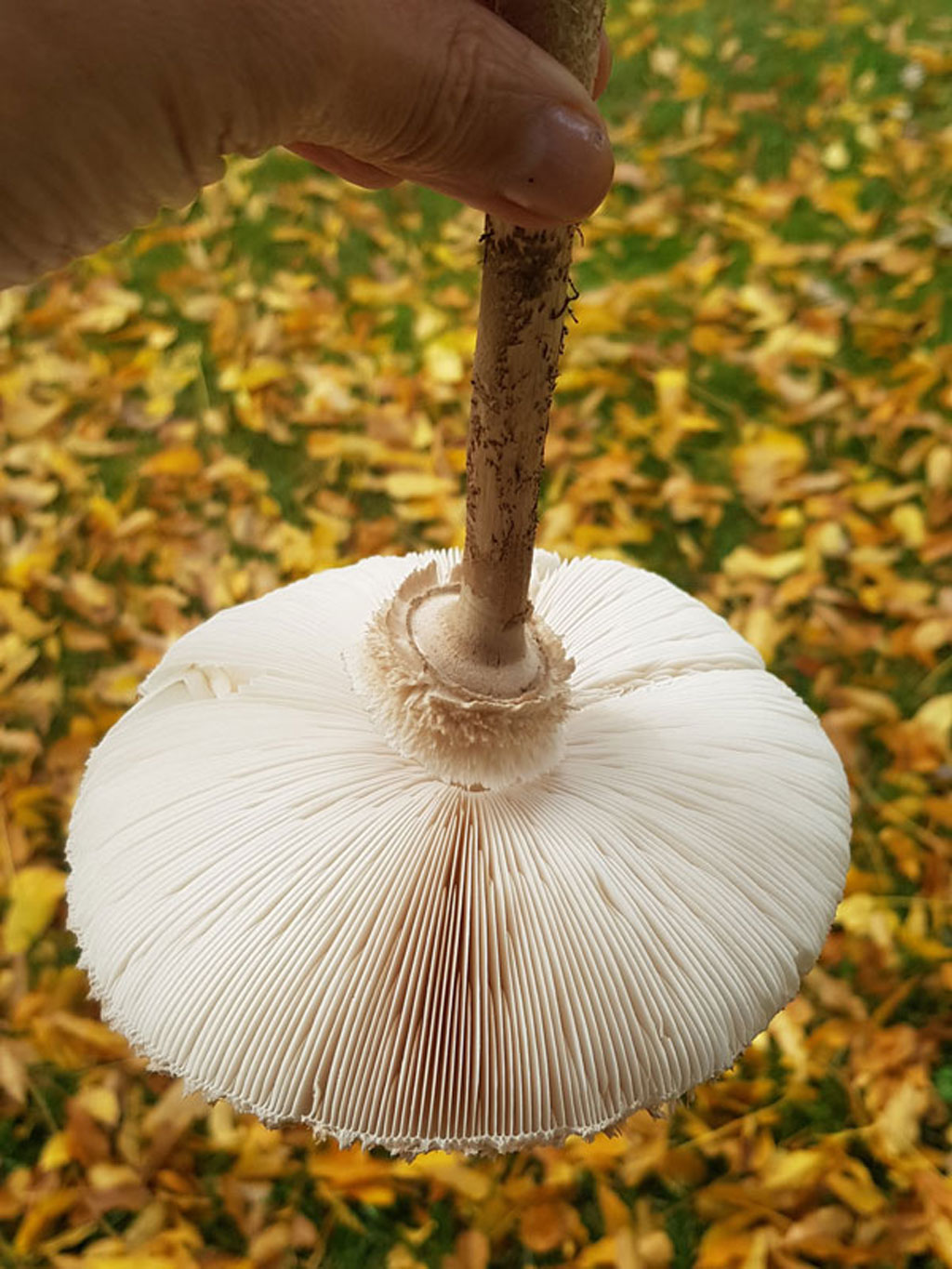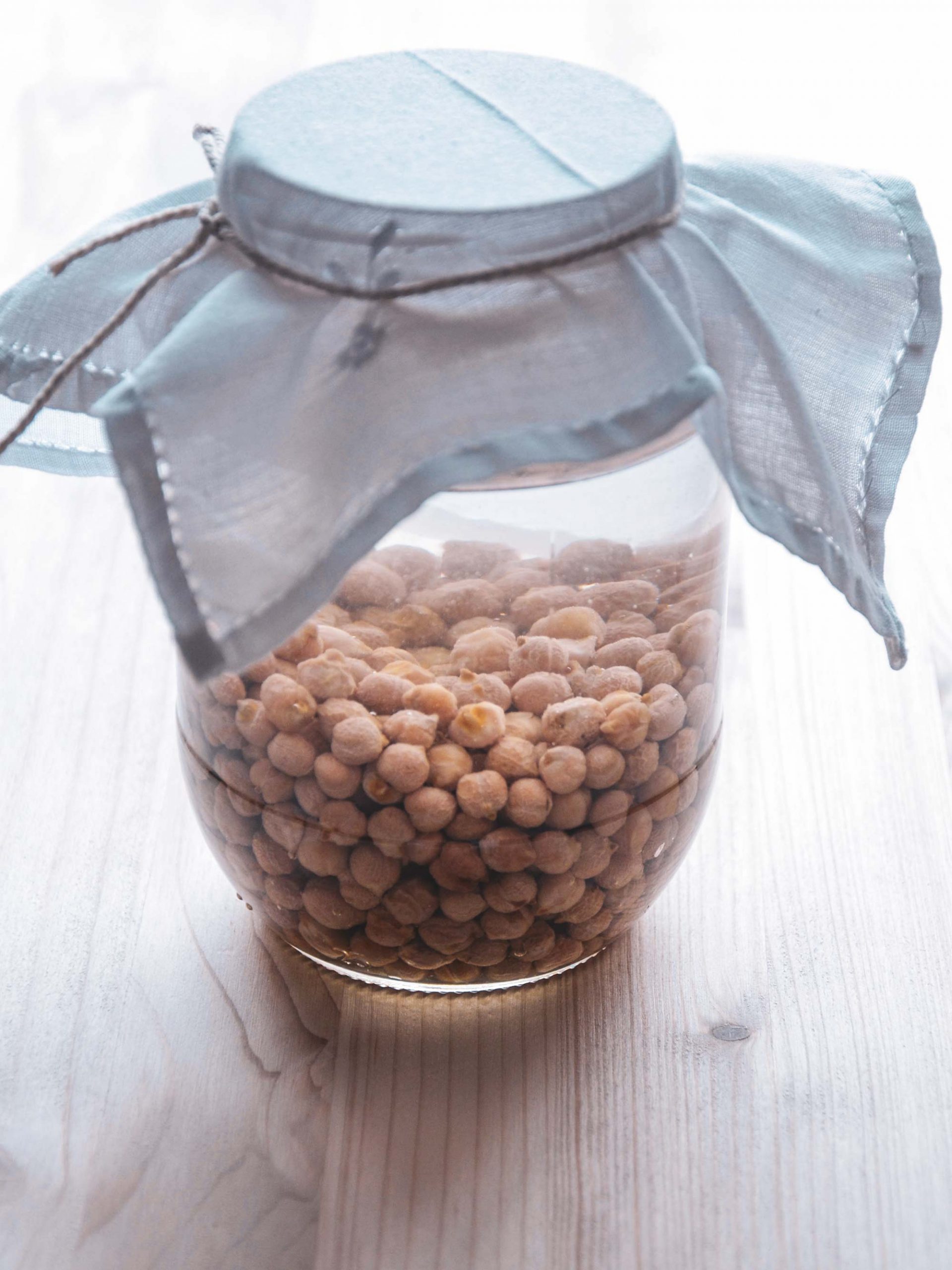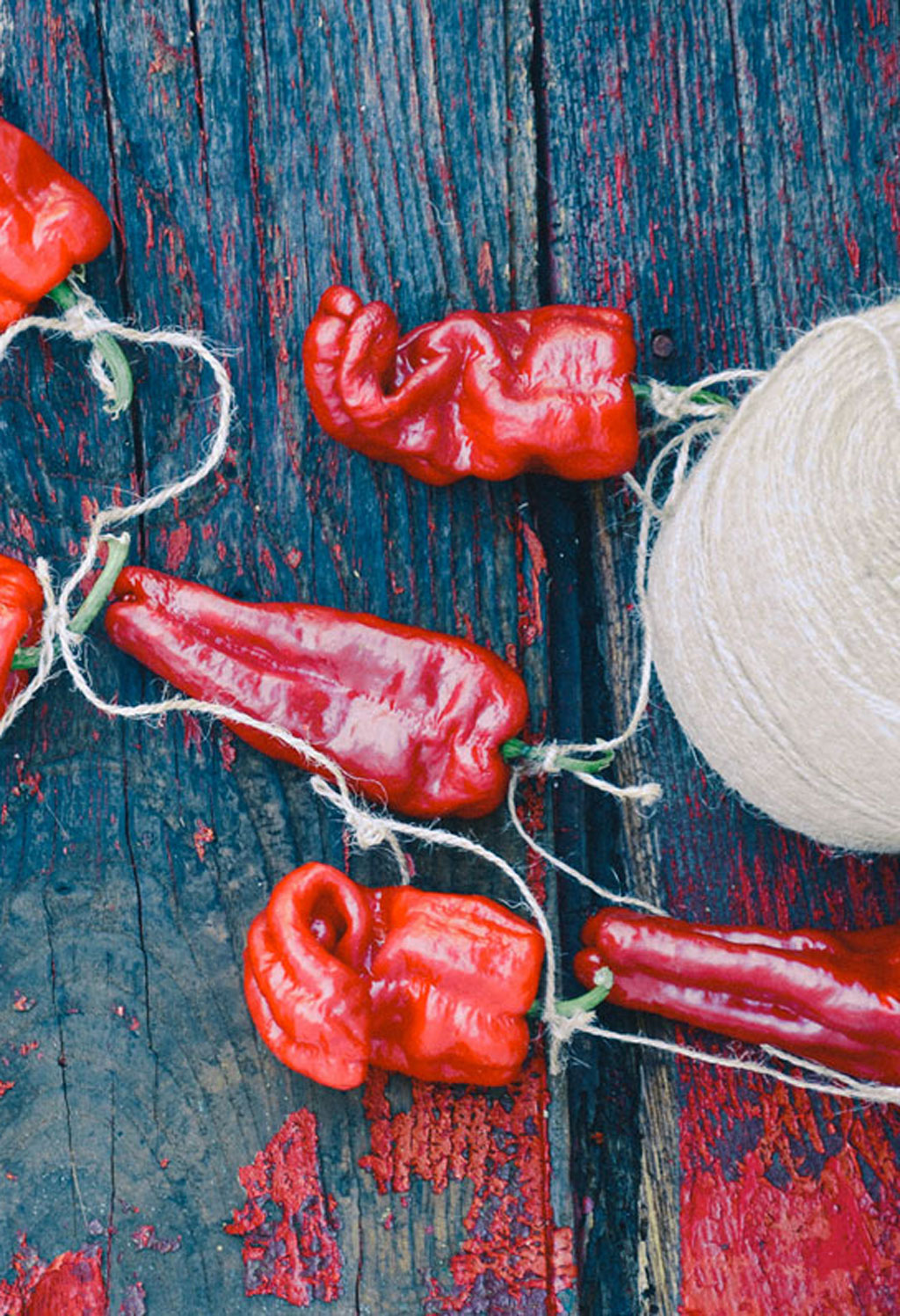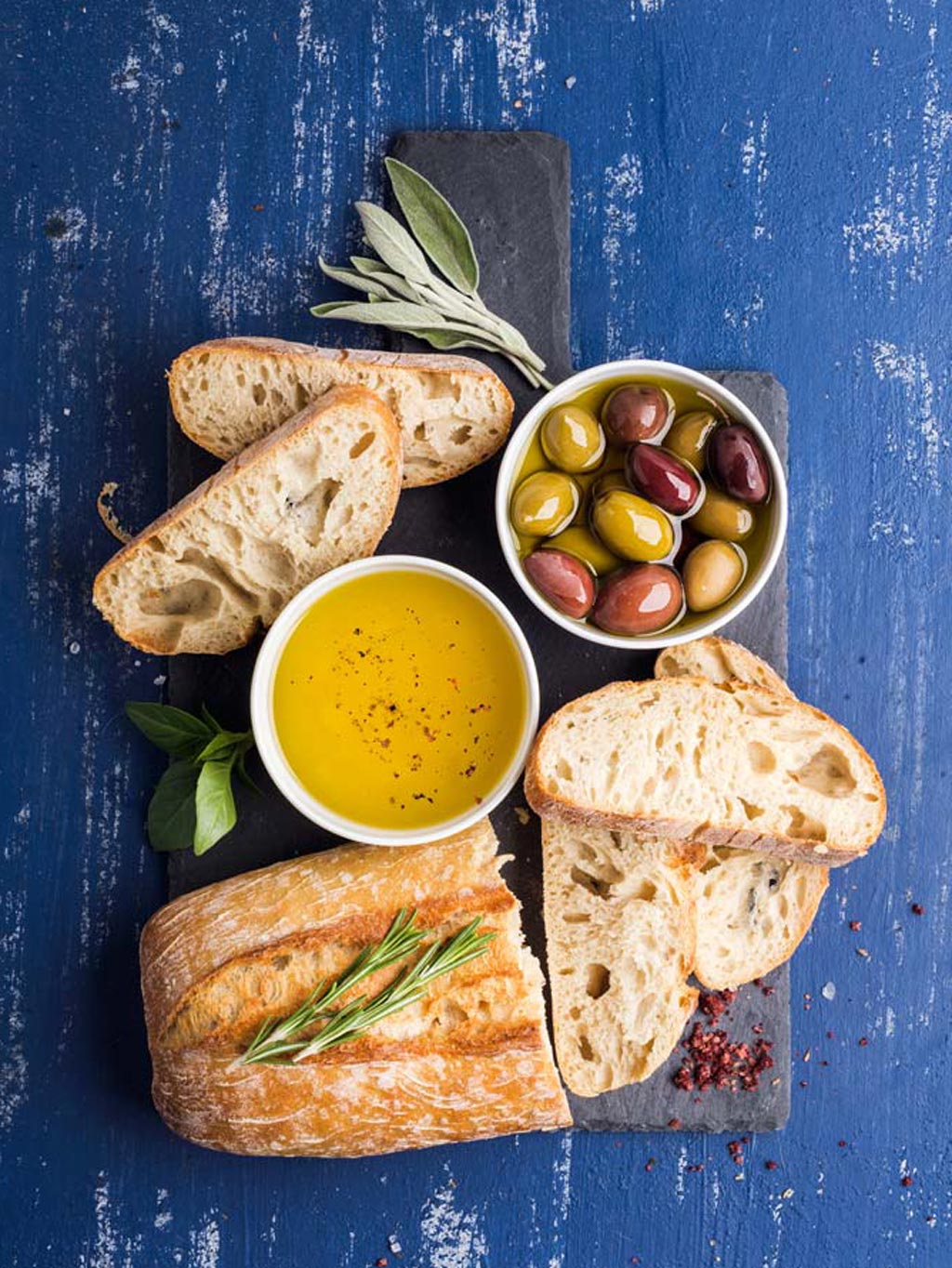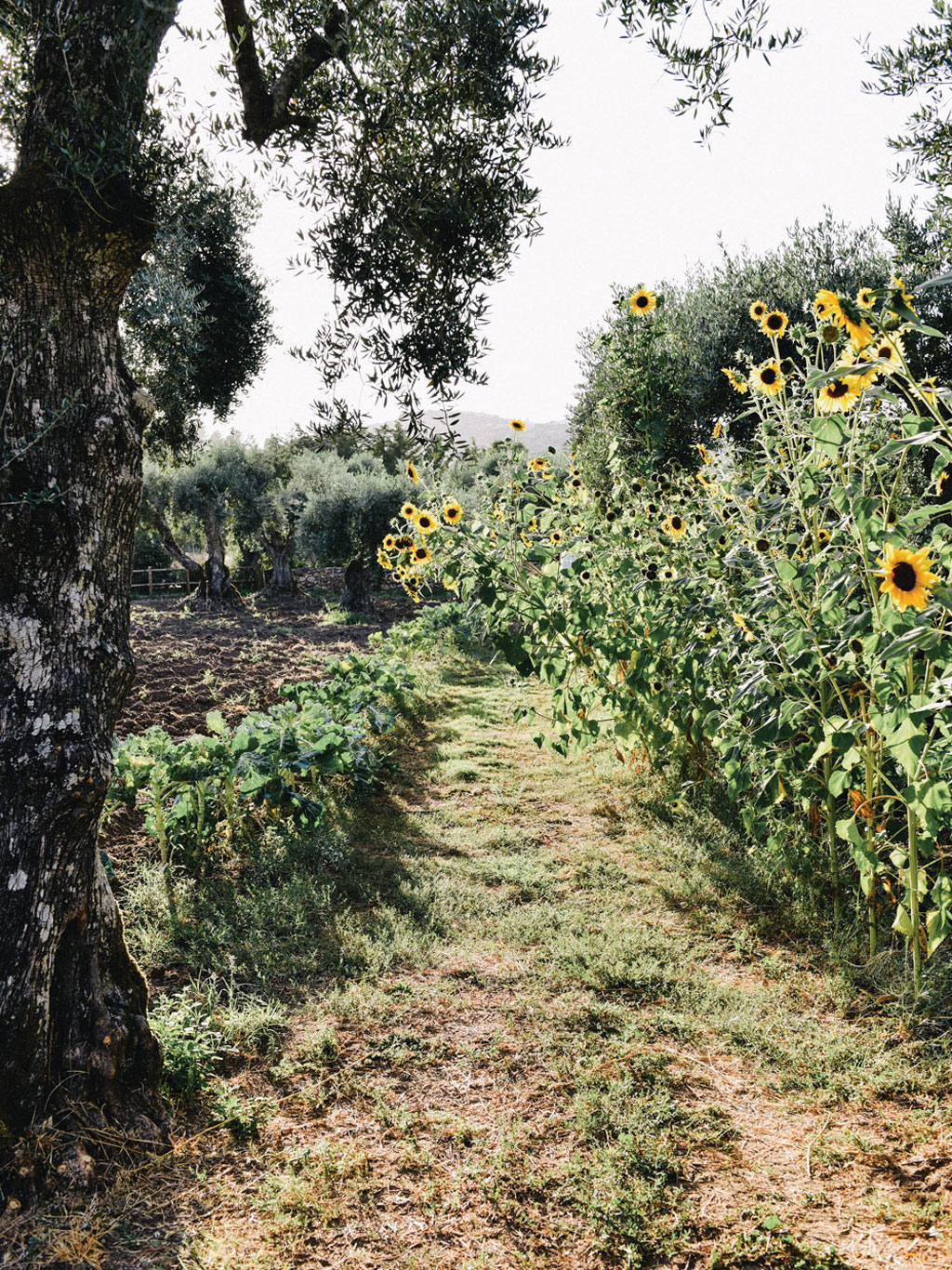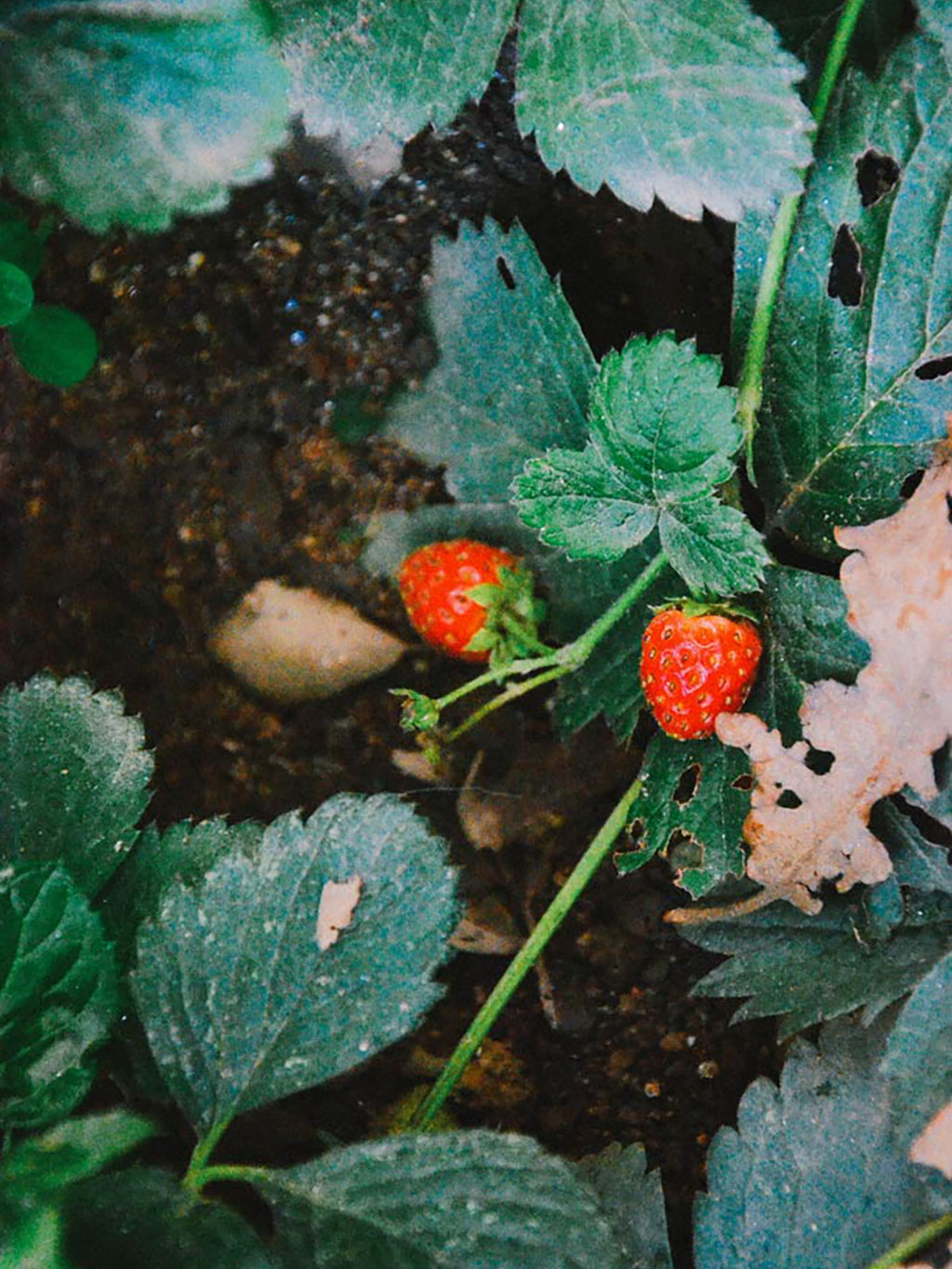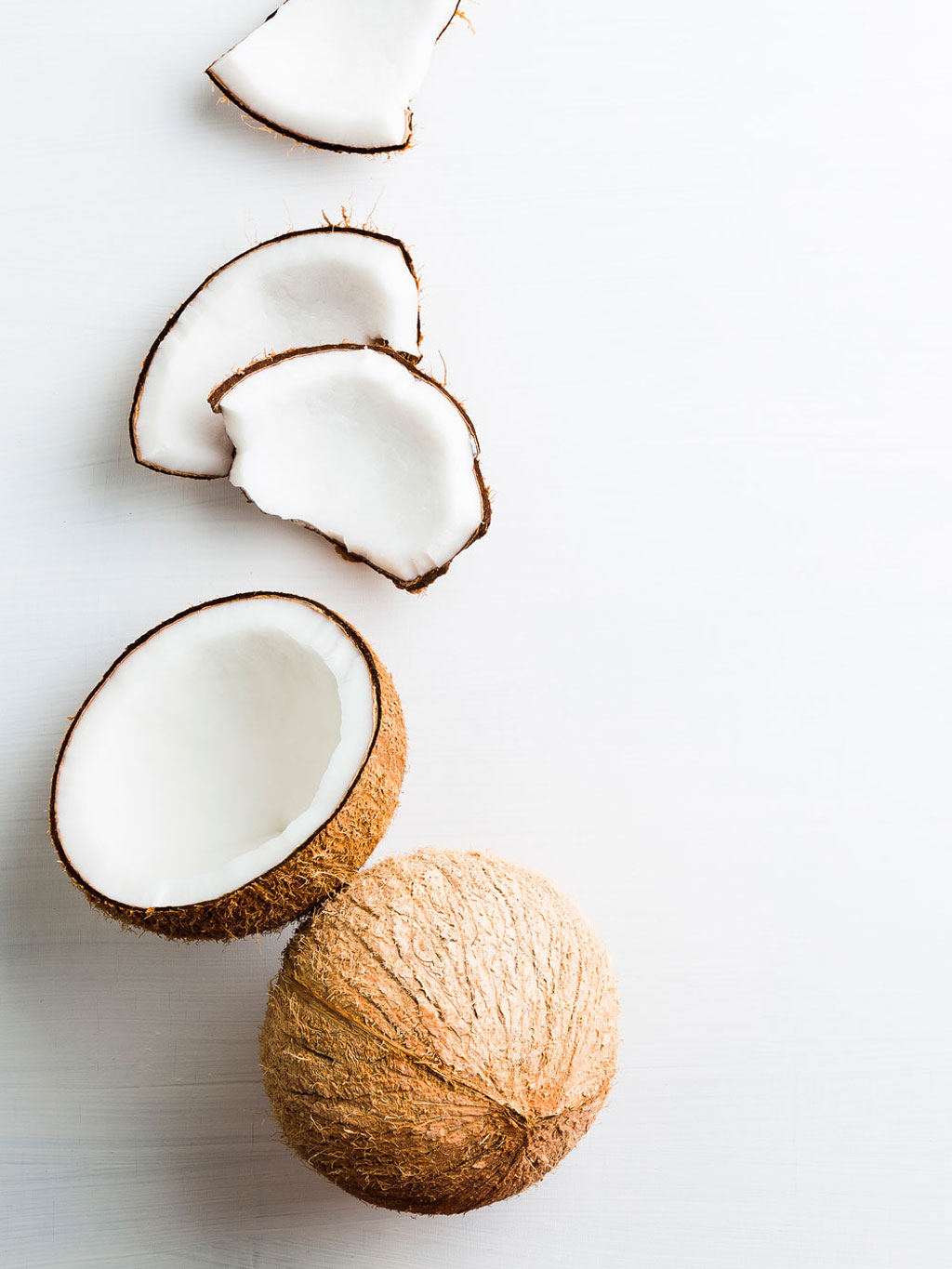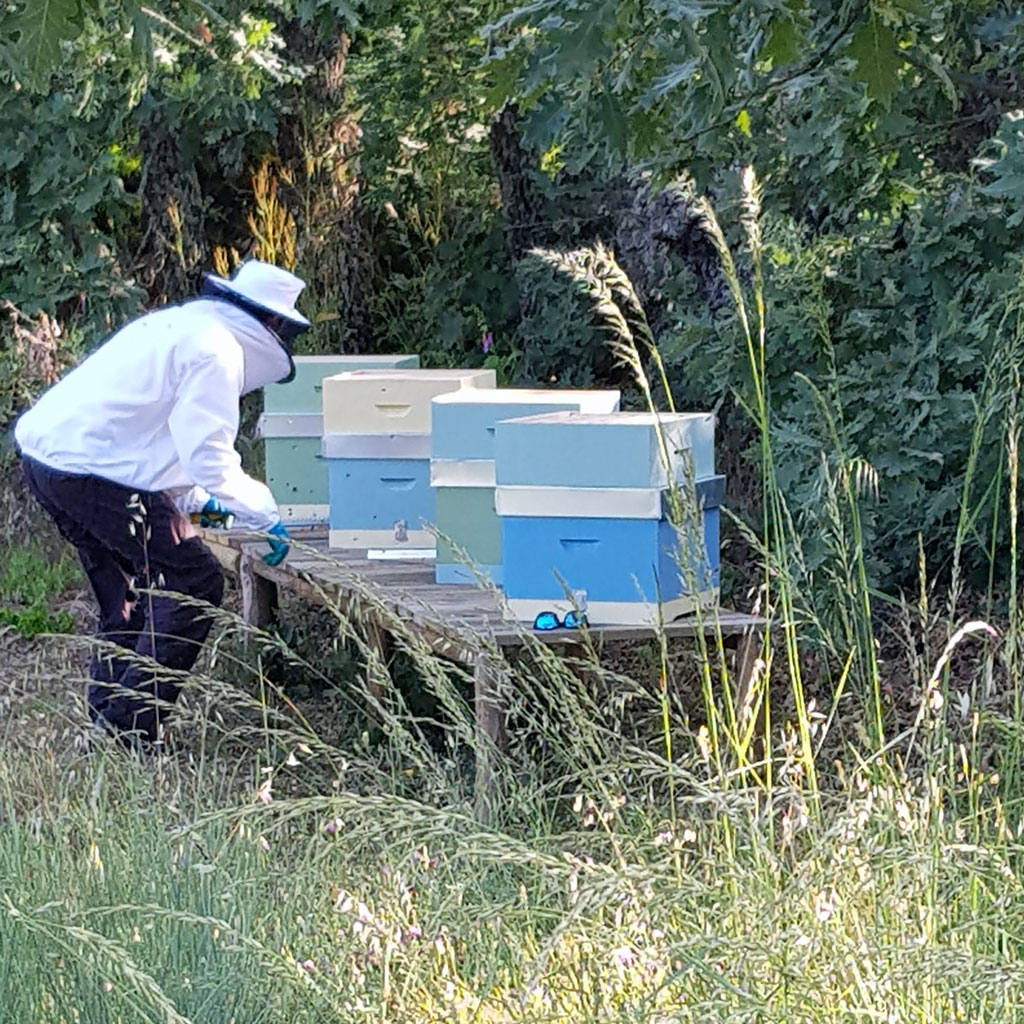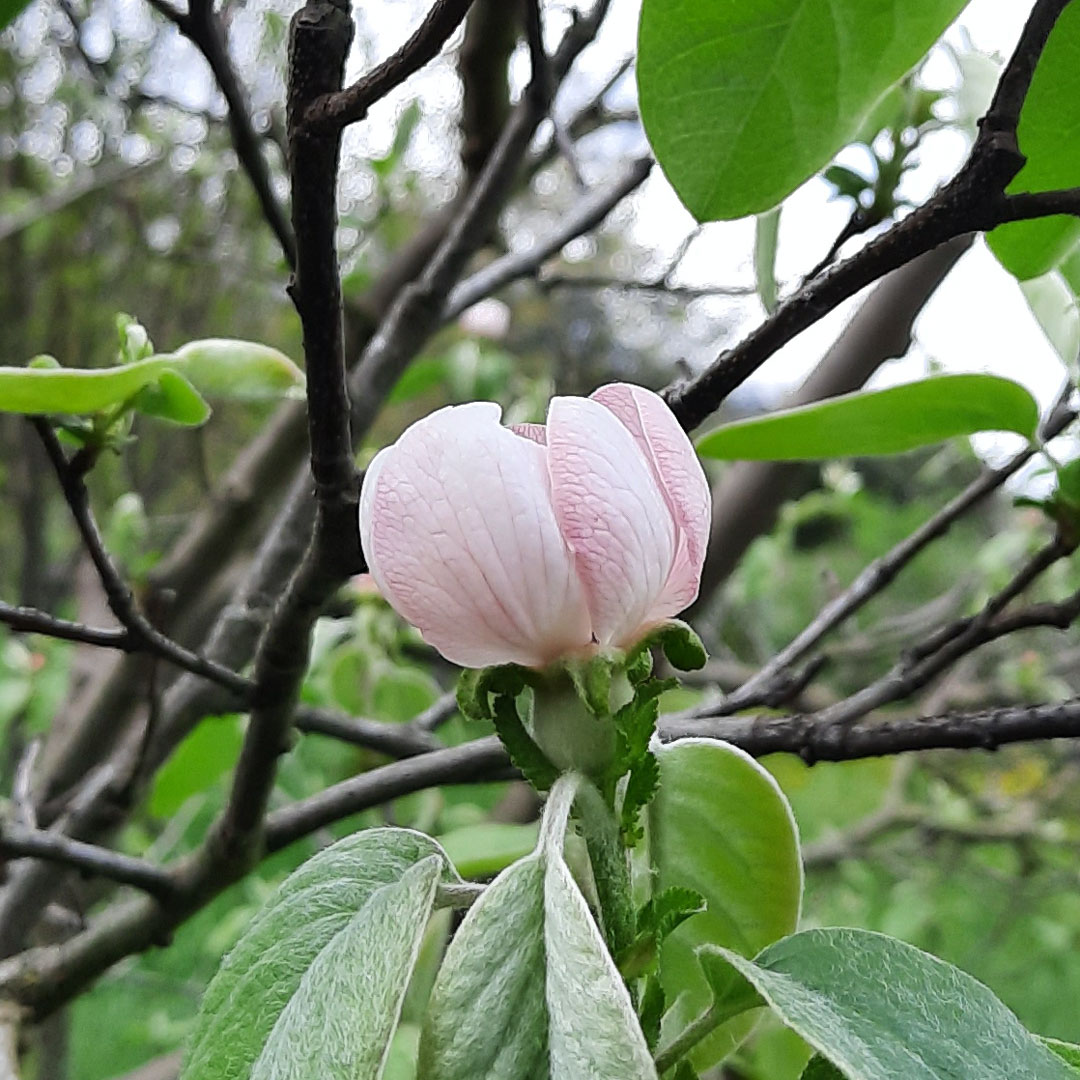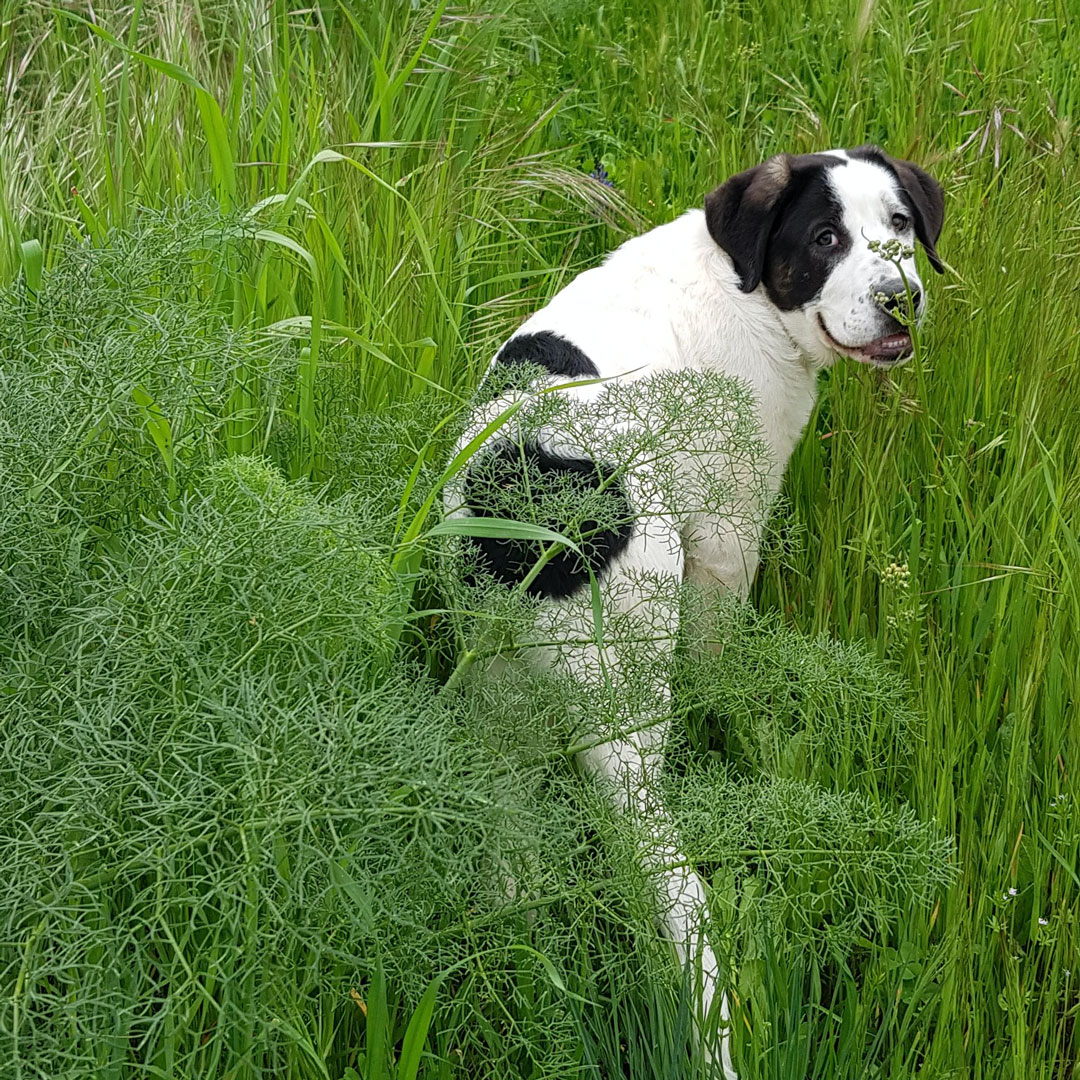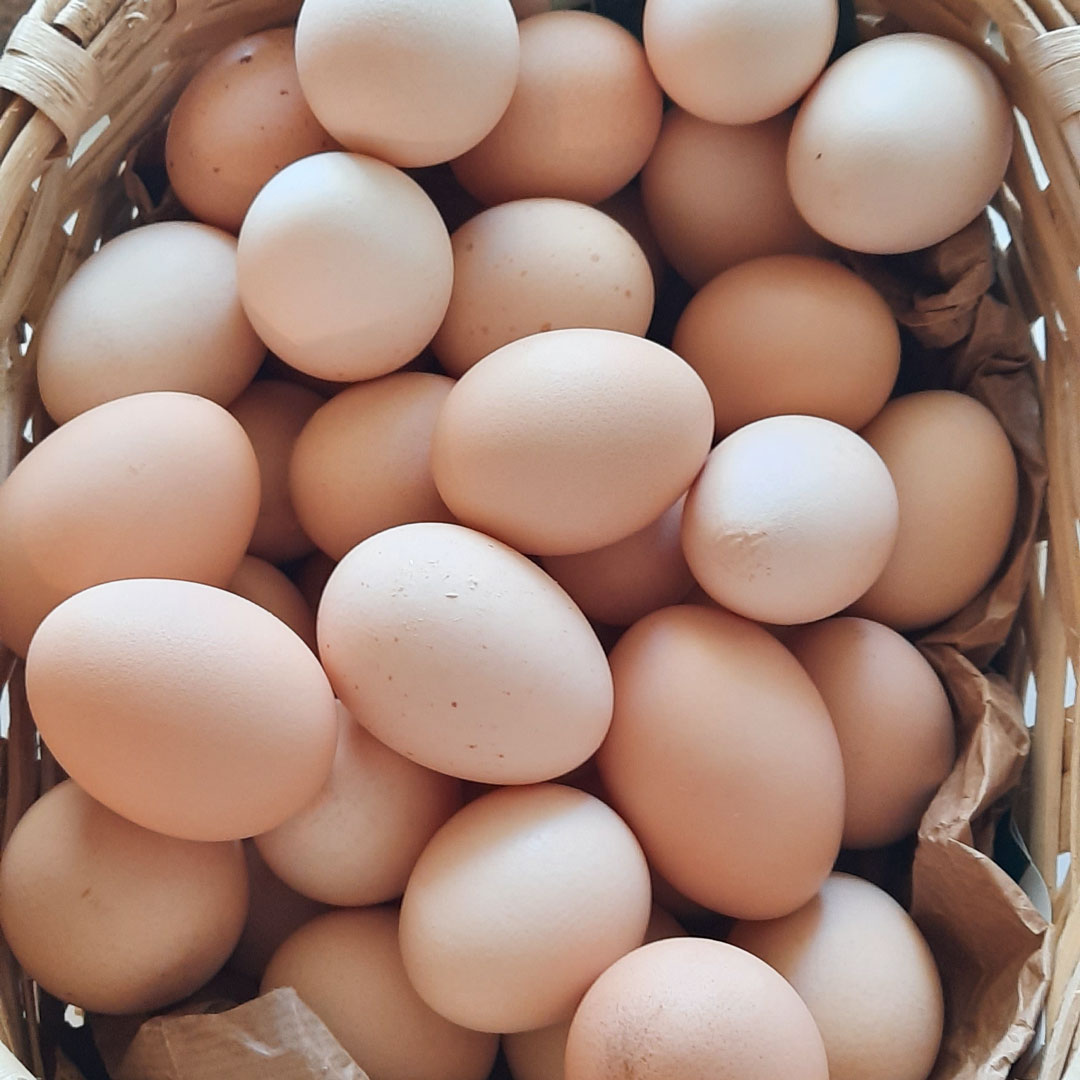The good thing about living in the countryside is that you are surrounded by very knowledgeable people who are always fond of sharing – if you are willing to learn, there is always someone ready to teach!
This time I dropped by Diamantina, my neighbor who showed me how to go about plaiting onions. It was really quite fun, a lot of laughter (at my first attempts) and chit-chat along with the technique until finally there they were – my first beautifully plaited onions!
For those of you who have onions in your vegetable gardens and want to try this out – Diamantina’s technique:
Method
- You will need 9 reed stems for each plait, separated into 3 groups of 3 stems (use more for a larger plait)<
- Tie a knot at the top.
- Start with 2 onions, tying their stems to the first group of reeds, start plaiting these. From this point keep repeating the same making sure you always place the onions on the same side. Once you reach the desired length, tie a knot at the end.
